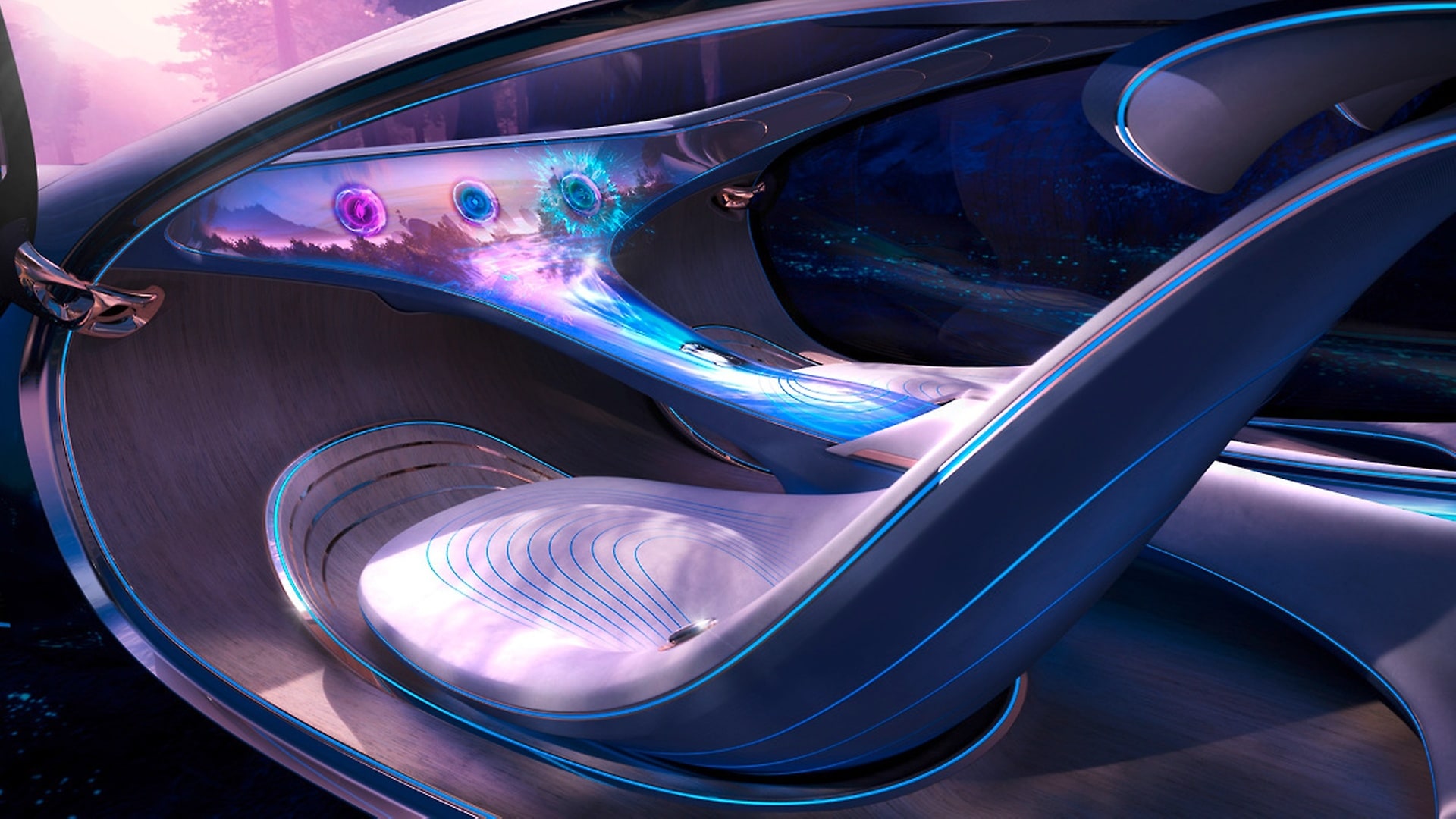The Mercedes-Benz VISION AVTR was presented for the first time at the 2020 CES (Consumer Electronics Show) in Las Vegas. It is the result of an extraordinary global collaboration between one of the most innovative brands in the entertainment industry, Disney, and the eighth most valuable brand in the world, Mercedes-Benz (according to Interbrand Ranking 2020). The name of the ground-breaking concept vehicle stands for ADVANCED VEHICLE TRANSFORMATION and embodies the vision of Mercedes-Benz designers, engineers and trend researchers for mobility in the distant future. The biometric connection enables a completely new interaction between man, machine and nature in the autonomous-driving concept vehicle.
,xPosition=0,yPosition=0.5)




,xPosition=0.5,yPosition=0)